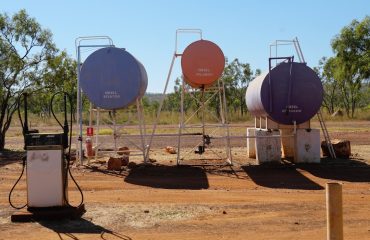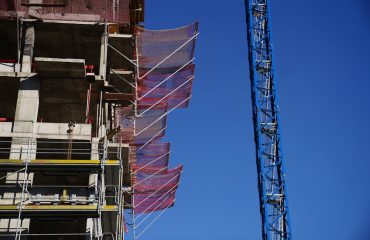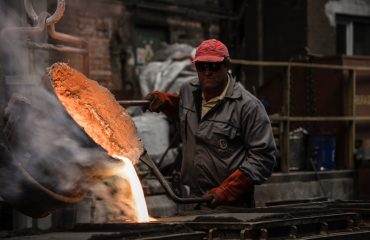body {
font-family: sans-serif;
line-height: 1.6;
}
h1, h2, h3 {
color: #333;
}
img {
max-width: 100%;
height: auto;
}
Industrial steel frame projects are transforming the landscape of construction, offering a robust, efficient, and cost-effective solution for a wide range of applications. From sprawling warehouses and manufacturing plants to modern office spaces and even residential buildings, the versatility and strength of steel frames are revolutionizing how we build.
The Design Process: From Blueprint to Reality
The design phase is crucial for the success of any industrial steel frame project. It begins with a thorough understanding of the client’s needs, including the intended use of the structure, its size, and any specific functional requirements. Experienced engineers utilize sophisticated software to create detailed 3D models, ensuring structural integrity and optimal design. These models allow for precise calculations of load-bearing capacity, wind resistance, and seismic resilience, crucial for safety and longevity. Detailed drawings are then produced, specifying the type and size of steel members, connections, and other components. Collaboration between architects, engineers, and contractors is paramount throughout this process to ensure seamless execution.
Construction Techniques: Speed, Precision, and Safety
Construction of industrial steel frame buildings is characterized by speed and precision. Prefabrication plays a significant role, with many steel components being manufactured off-site to exact specifications. This reduces on-site construction time, minimizes disruptions, and improves overall efficiency. Heavy machinery, such as cranes and forklifts, is employed to lift and position the steel members, requiring skilled operators and adherence to strict safety protocols. Welding and bolting techniques are used to connect the various components, ensuring a strong and stable structure. Regular quality control checks throughout the construction process are essential to maintain high standards and prevent any potential issues.
Advantages of Steel Frame Construction: A Cost-Effective Solution
Steel frame construction offers numerous advantages over traditional methods. Its inherent strength allows for larger spans and greater flexibility in design. This translates to more spacious interiors with fewer supporting columns, maximizing usable space. Steel is also highly durable and resistant to fire and pests, requiring minimal maintenance over its lifespan. The speed of construction leads to shorter project timelines, reducing overall costs. Furthermore, steel is readily recyclable, making it an environmentally friendly option compared to other materials. The combination of these factors often results in a more cost-effective solution in the long run, despite the initial material cost.
Diverse Applications: Adaptability Across Industries
The versatility of industrial steel frame construction makes it suitable for a vast array of applications. Large warehouses and distribution centers benefit from the expansive spaces and high load-bearing capacity. Manufacturing plants can be designed to accommodate heavy machinery and specific production requirements. Office buildings can incorporate steel frames for their strength and aesthetic appeal, often combined with glass facades for a modern look. Even agricultural structures, such as barns and greenhouses, are increasingly utilizing steel frames for their durability and resilience to harsh weather conditions. The adaptability of steel allows for customized solutions tailored to the specific needs of each project.
Future Trends: Sustainability and Innovation
The future of industrial steel frame projects is bright, driven by advancements in technology and a growing emphasis on sustainability. The use of high-strength steel allows for lighter and more efficient structures, reducing material consumption. Innovative connection techniques are constantly being developed to improve speed and precision. Furthermore, the integration of sustainable practices, such as using recycled steel and incorporating energy-efficient design features, is becoming increasingly important. Advanced modeling and simulation tools are improving the accuracy of design and reducing the risk of errors. The ongoing development and adoption of these technologies will continue to enhance the efficiency, sustainability, and overall value of industrial steel frame projects.
In conclusion, industrial steel frame projects offer a powerful combination of strength, efficiency, and cost-effectiveness, making them a leading choice for a diverse range of applications. Their adaptability and the ongoing innovation in the field ensure their continued relevance and growth in the construction industry.
SEO Tags:
- Industrial Steel Frame
- Steel Structure Construction
- Steel Building Design
- Warehouse Construction
- Factory Building




